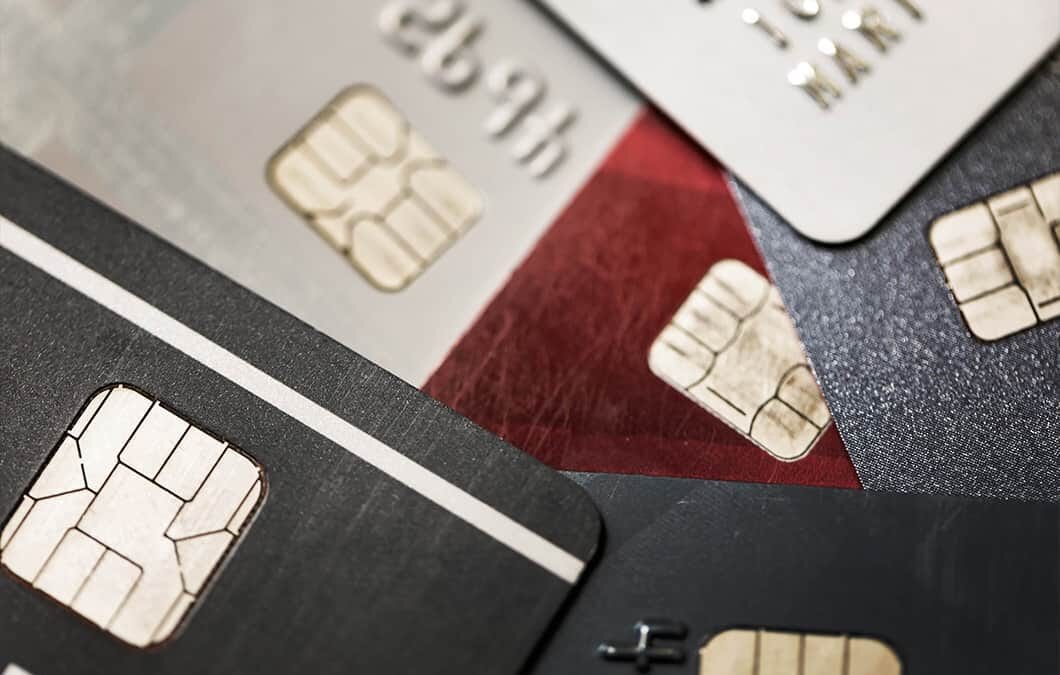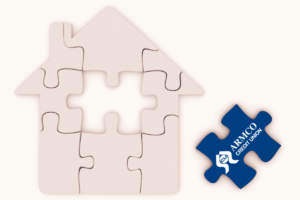When you make a purchase using your debit card, you’re often given the choice between “debit” or “credit.” What’s the difference between the two?
When you select “debit” on the card reader and enter your PIN (Personal Identification Number), an online transaction begins. The money is immediately deducted from your account and sent to the merchant. In most cases, you are also allowed to withdraw cash along with making the purchase.
When you select “credit” with your debit card, the transaction is cleared via the Automated Clearing House (ACH) financial network. A hold is placed on the money while the transaction is sent through the ACH network, which can take 2-3 days to complete. In the past, you were asked for a signature to complete your purchase, but with improved security of today’s EMV chip cards, a signature may not be needed. A credit transaction does not allow you to withdraw money along with the purchase. Also, running the purchase as a “credit” won’t help you build a credit history; only an actual credit card will do that.
If you don’t have enough money in your account, your debit card may be declined, even if you choose “credit.” Your debit card uses the money in your account to make the purchase, unlike a credit card which lets you borrow money from the credit card company.
You can also receive an additional fee when choosing “credit.” Merchants pay an interchange fee, usually a higher one for credit transactions, that fee is sometimes passed on to the consumer.
Some people believe it’s safer to use a debit card as credit, since they don’t have to enter their PIN. If you cover the keypad during the debit transaction and keep your card in your wallet when not in use, a debit transaction is as safe as a credit transaction. Using a contactless-enabled card reader feature such as “Tap and Go” or Digital Wallet keeps your information secure by creating a transaction specific, one-time code, that effectively reduces counterfeit fraud and is available for both the debit and credit cards.
So, in a nutshell, here are the differences between the two kinds of transactions:
Debit transaction
- Uses a PIN to complete the transaction.
- Hits your account immediately, making it easier for you to know in real time how much is left in your account.
- Allows you to withdraw cash.
Credit transaction
- Doesn’t ask for a PIN but may ask for a signature to complete the transaction.
- Can take 2-3 days for the transaction to appear in your account. If you don’t keep track of your transactions, it’s harder to know how much you have available to spend, increasing the likelihood to have your card declined.
- Does not allow you to withdraw cash.
By: CUNA



















